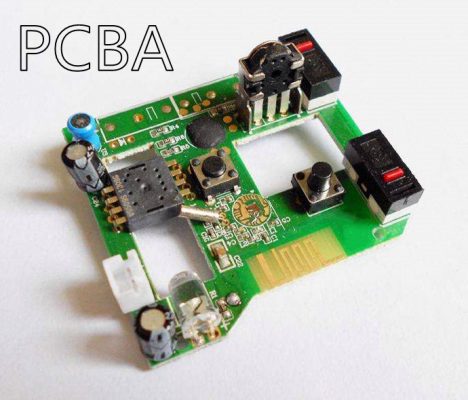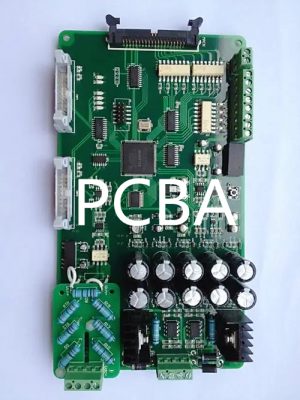How to remove misprinted solder paste in SMT Assemblly? As we all know, during the SMT Assembly, misprinted solder paste often occurs. When this happens, some colleagues will use a small spatula to remove the misprinted solder paste from the board, but this way, Solder paste removal from misprinted boards may cause some issues. So what is the effective method of SMT Assembly to remove misprinted solder paste?

Effective method to remove misprinted solder paste:
1. Immerse the misprinted board in a compatible solvent, such as water with some additives, or board washing water, and then use a soft brush to remove the small tin beads from the board.
Prefer repeated soaking and scrubbing rather than vigorous dry brushing or scraping. After solder paste printing, the longer the operator waits to clean the misprint, the harder it is to remove the solder paste. Misprinted boards should be placed in solvent immersion as soon as the problem is identified, as the solder paste is easy to remove before it dries.
2. Rinse with a gentle spray, avoid wiping with a cloth strip, to prevent solder paste and other contaminants from smearing on the surface of the board. After soaking, it can often help to remove unwanted solder paste.
3. Hot air drying is also recommended. If a horizontal stencil cleaner is used, the side to be cleaned should be facing down to allow the solder paste to fall off the printed circuit board.

Attention to some details can eliminate undesired situations such as misprinting of solder paste and removal of solidified solder paste from the board. After all, it is our goal to deposit the appropriate amount of solder paste at the desired location. Dirty tools, dry solder paste, and misalignment of the stencil to the board can all cause unwanted solder paste on the underside of the stencil and even on the assembly. During the printing process, the stencil is wiped on a regular basis between printing cycles. Make sure the stencil sits on the pad, not on the solder mask, to ensure a clean solder paste printing process. In-line, real-time solder paste inspection and pre-reflow inspection after component placement are process steps that help reduce process defects before soldering occurs.
By the way, for fine-pitch stencils, if there is damage between the pins due to the bending of the thin stencil cross-section, it can cause solder paste to deposit between the pins, resulting in printing defects and/or shorts. Low-viscosity solder pastes can also cause printing defects. For example, high press operating temperatures or high squeegee speeds is able to reduce solder paste stickiness in using, resulting in print defects and bridging due to excess solder paste deposition. In general, lack of adequate control over materials, methods and equipment for solder paste deposition are the main causes of defects in reflow soldering process.

